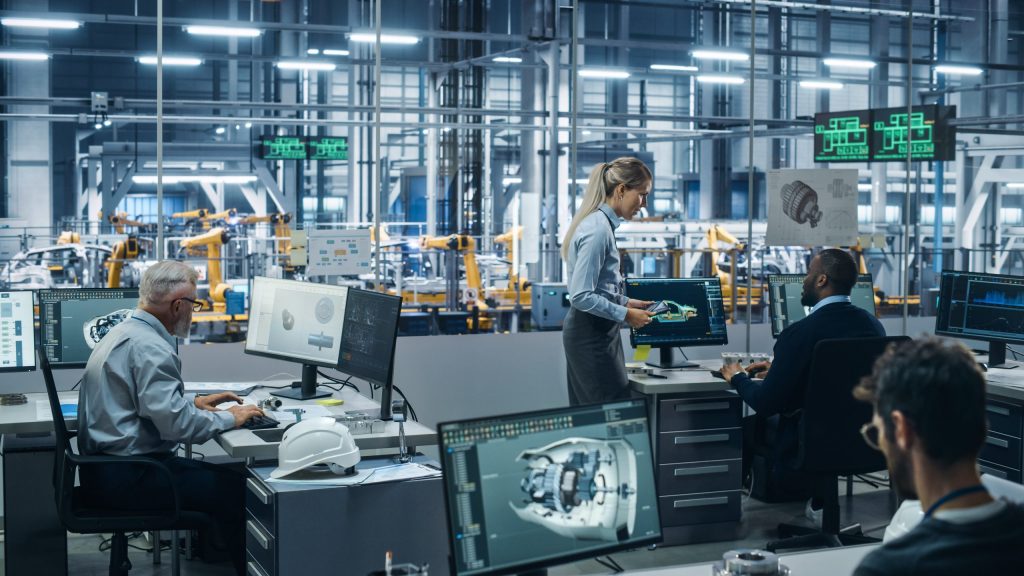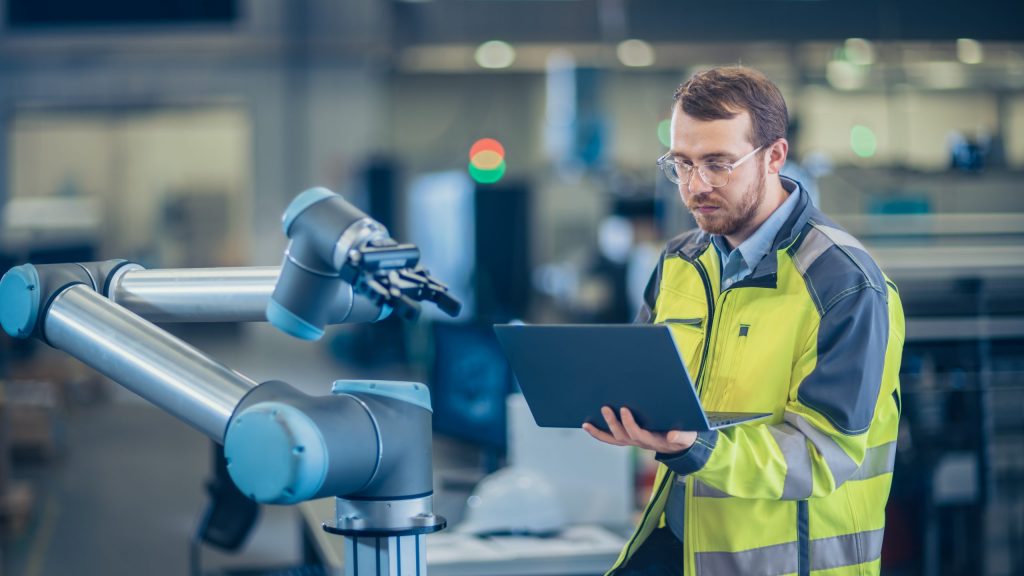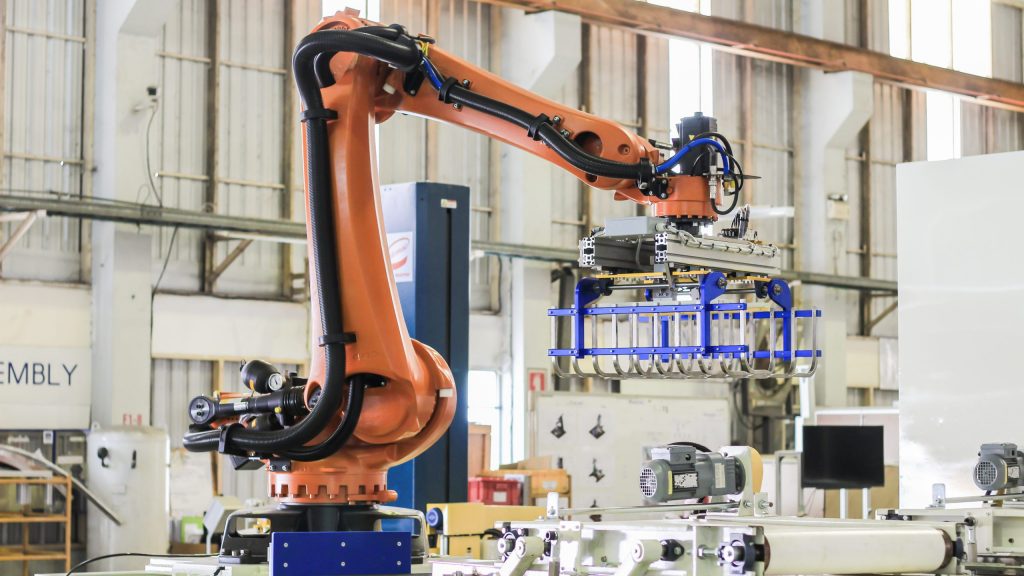Benefits of Automation in Manufacturing: Pick and Place Machine

Pick and place automation machines have numerous applications, from building complicated prototypes, to mass-producing consumer products, to assembling complex medical and military electronics. However, a pick and place machine is just one example of robotic part handling machines and processes available in automated manufacturing.
When the focus is narrowed to a single function or area of operation, there is not a simple one-size-fits-all solution. Before investing in a pick and place robot, conduct a full-scale professional analysis of production requirements and bills of materials. If that sounds overwhelming or intimidating, our project management experts can guide you through the process.
What to Consider Before Implementing a Pick and Place Machine
The main reason for investing in assembly (line) automation is efficiency. The argument for automation is made succinctly in Min Zhou and Renjie Jiang’s 2022 paper on automation strategy:
“a 1% improvement in efficiency over a long period of operation can lead to more economic benefits and a lower average cost expenditure.”
Although it may be clear WHY you would consider automation, the question of WHERE to improve efficiency may not be as explicit. Here are three questions to help contextualize how pick and place automation can increase your particular warehouse or factory throughput.
How Will a Pick and Place Machine Minimize Reliance on Human Labor?

For many years, those watching and analyzing the development of automation have predicted the increased use of and reliance on machines for production. When many of these original projections were made, the cost to automate was prohibitively expensive for small or average-sized manufacturing assembly lines.
However, as industrial robot integrators have progressively optimized their own processes, automation in manufacturing has become more accessible, which comes at a time of absolute necessity. Companies have considered pick and place machines to enhance material handling coordination for a long time.
Recently, rising employment costs have made it increasingly necessary to automate manufacturing processes. In 2022, Reuters reported that “Labor costs surged 5.1% on a year-on-year basis, the largest rise since the current series started in 2001, after rising 4.5% in the first quarter.” Clearly, now is the time for automating processes to reduce the dependence on human labor.
How Will a Pick and Place Machine Enhance Workplace Safety?
It may seem contradictory to include this point since we just mentioned the reduction in human labor. However, the human component of manufacturing is never going to be zero (at least, not anytime soon). Instead, the trend suggests an increased collaboration between robots and humans rather than outright replacement. Consequently, pick and place automation should highlight improving the working conditions for the humans involved in the process.

Measures like digital twin technology are already integrated into many assembly lines to raise safety and production standards in manufacturing. Digital twinning itself is part of a broader practice called virtual commissioning, which has proven to be immensely beneficial on the factory floor, and can contribute to “avoiding the risk of damaging [a] device during commissioning while ensuring the safety of the personnel.”
In the broader conversion of pick and place automation—how to use it and how to benefit from it—allocate time for discussing vision system inspection. This technique is good for your workers and your bottom line. While moving physical products down the assembly line more quickly and efficiently, investments in doing this as safely as possible provide an undisputed benefit to companies and their employees. When thinking about automation, think about safety, too.
How Will a Pick and Place Machine Optimize Warehouse/ Factory Space?
Under the general heading of “efficiency” fall the objectives of boosting inventory control and maximizing existing square footage usage. Both directly and indirectly, a pick and place machine can help by moving products more quickly and effectively. This helps keep excess inventory at a minimum, which in turn improves customer satisfaction, completes product lines, and alleviates lead time uncertainty.
While a pick and place machine’s placement speed can positively impact production volume, look closely at a machine’s components per hour (CPH) or parts per hour (PPH). Machines may be able to handle the necessary components for your assembly line, but you must also determine how quickly they can process them.
Additionally, to get the most benefit out of a pick and place system, examine the method used to determine the order in which the objects are picked up. Machines are only able to do what they are built and programmed to do. If there is a restriction on the capability of how a machine maneuvers, it’s best to know that ahead of time. It may not be the best solution for your particular manufacturing assembly line.
Too Many Things to Think About? We Can Help.
+Vantage is a global company with offices and support centers worldwide. If you are ready to implement pick and place machines in your manufacturing line, we are an automation company you can trust.
Download our free ebook for a more complete picture of the products, services, and custom engineering we offer for each client. From battery assembly to aerospace/automotive assembly automation, we do it all with an approach tailored to meet your needs.


